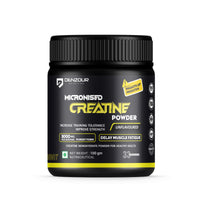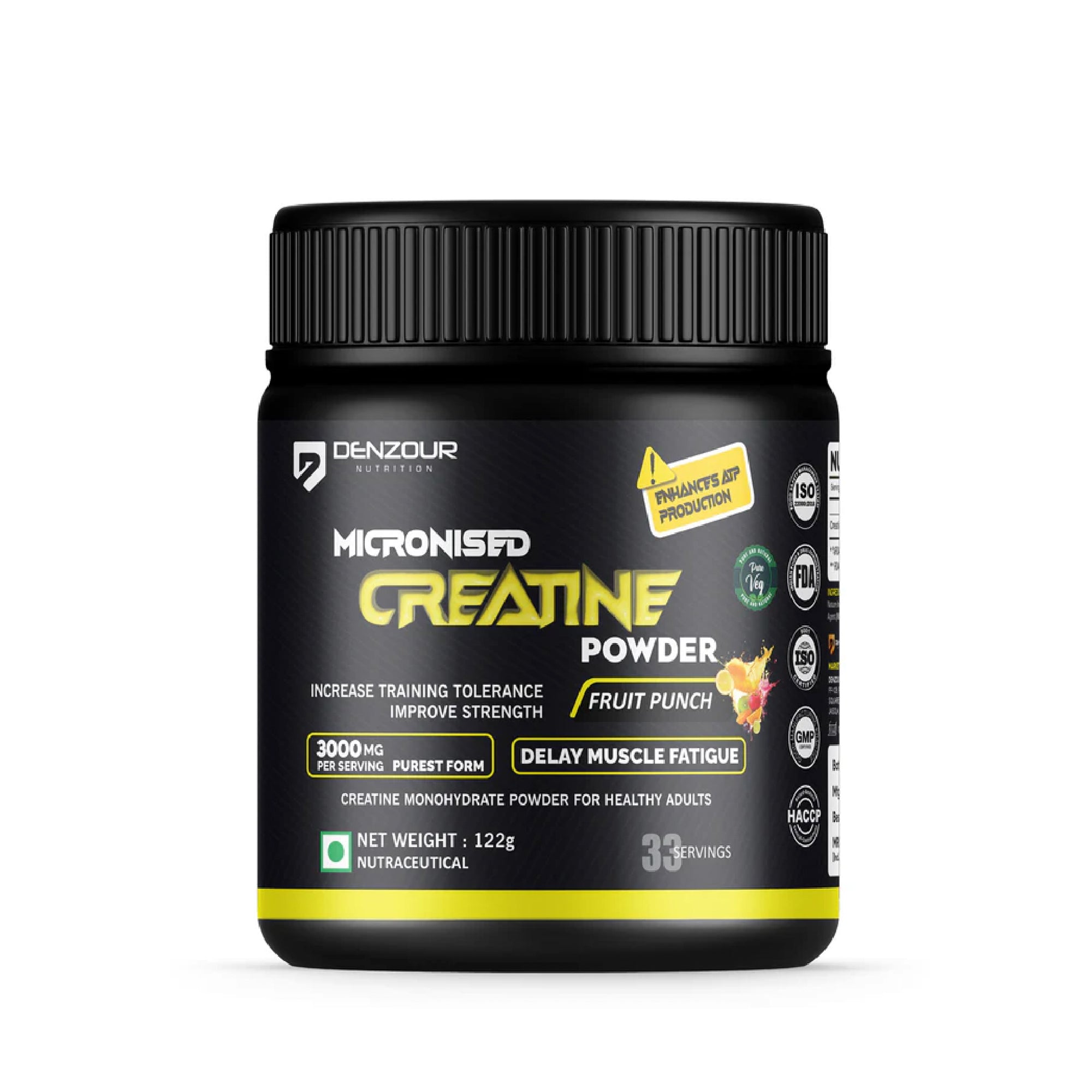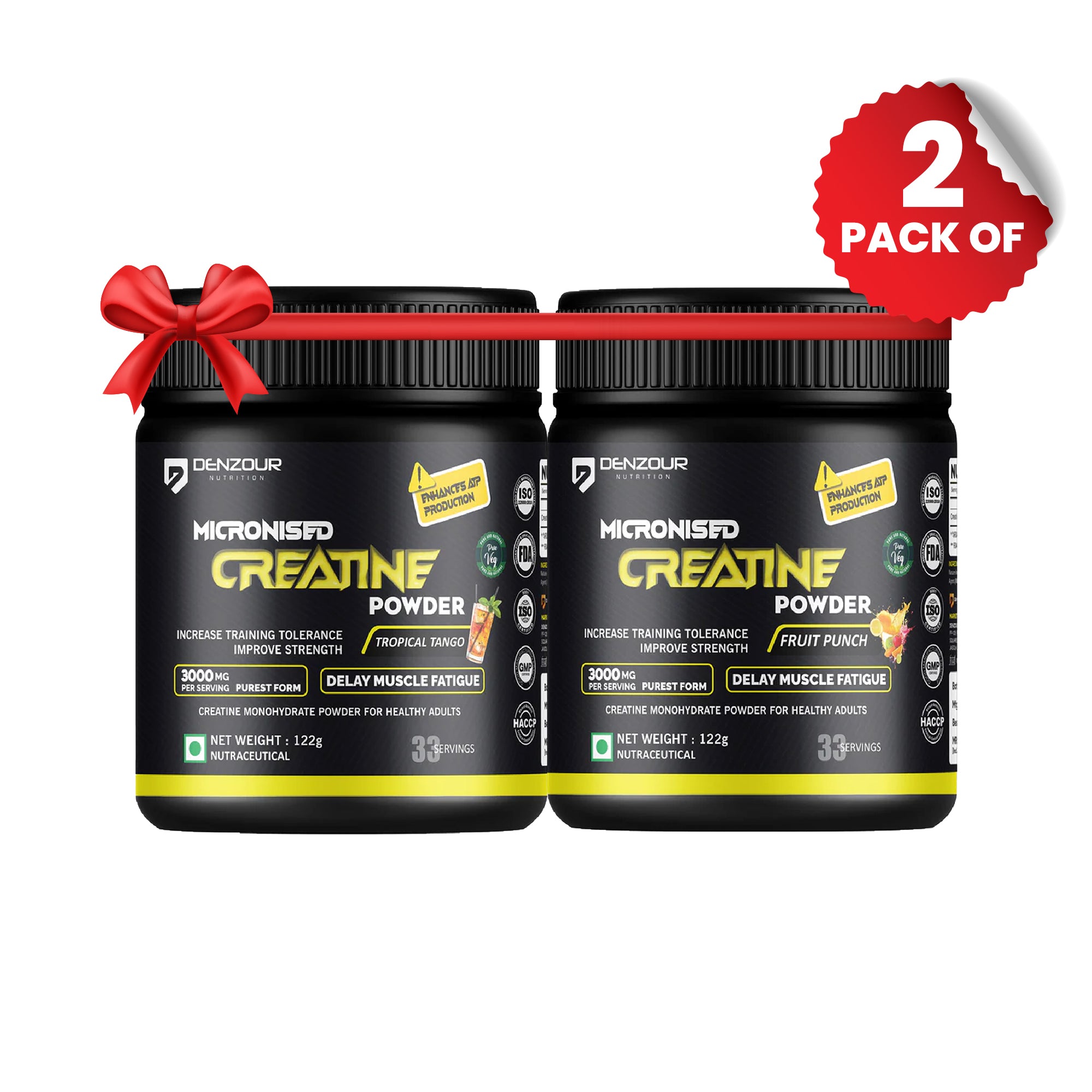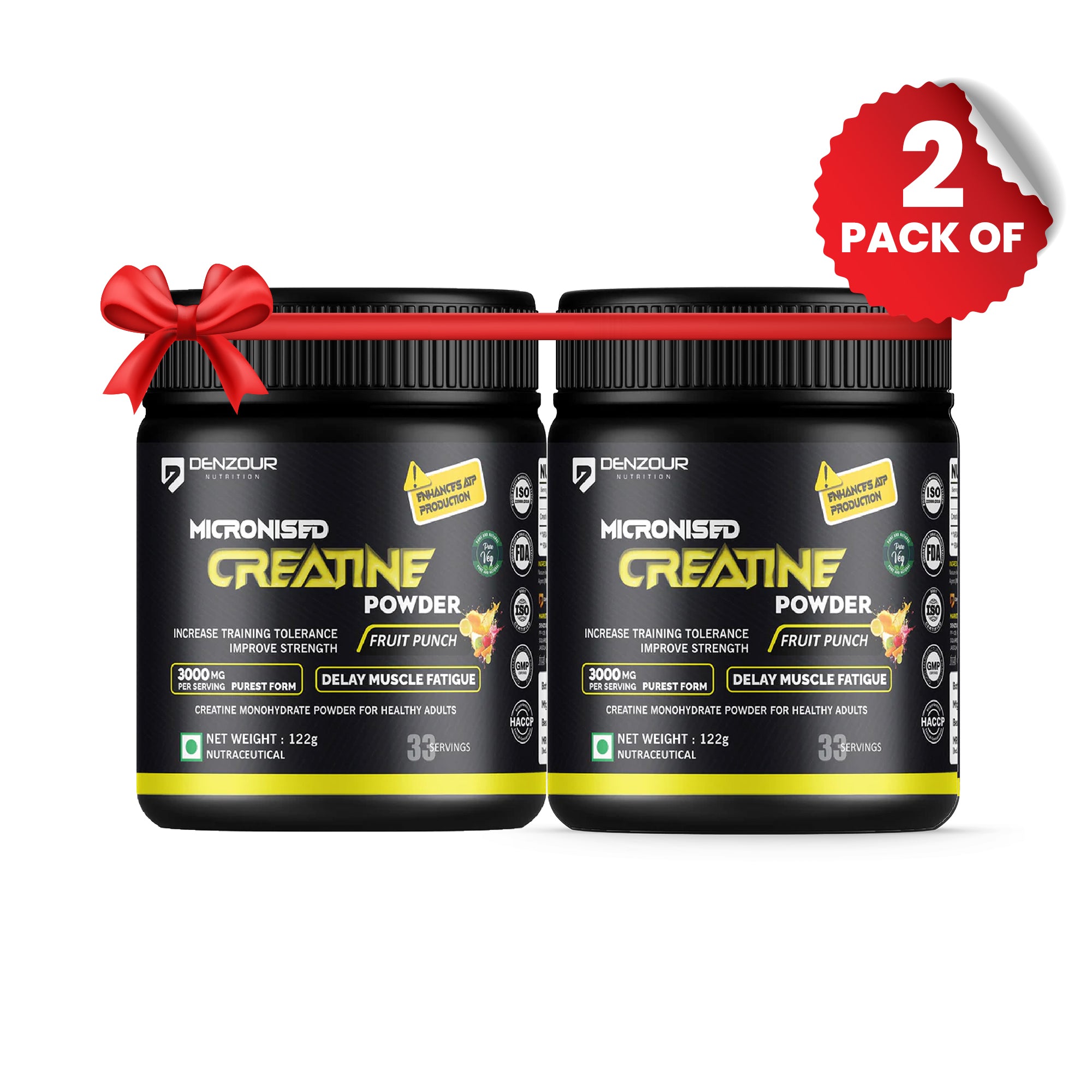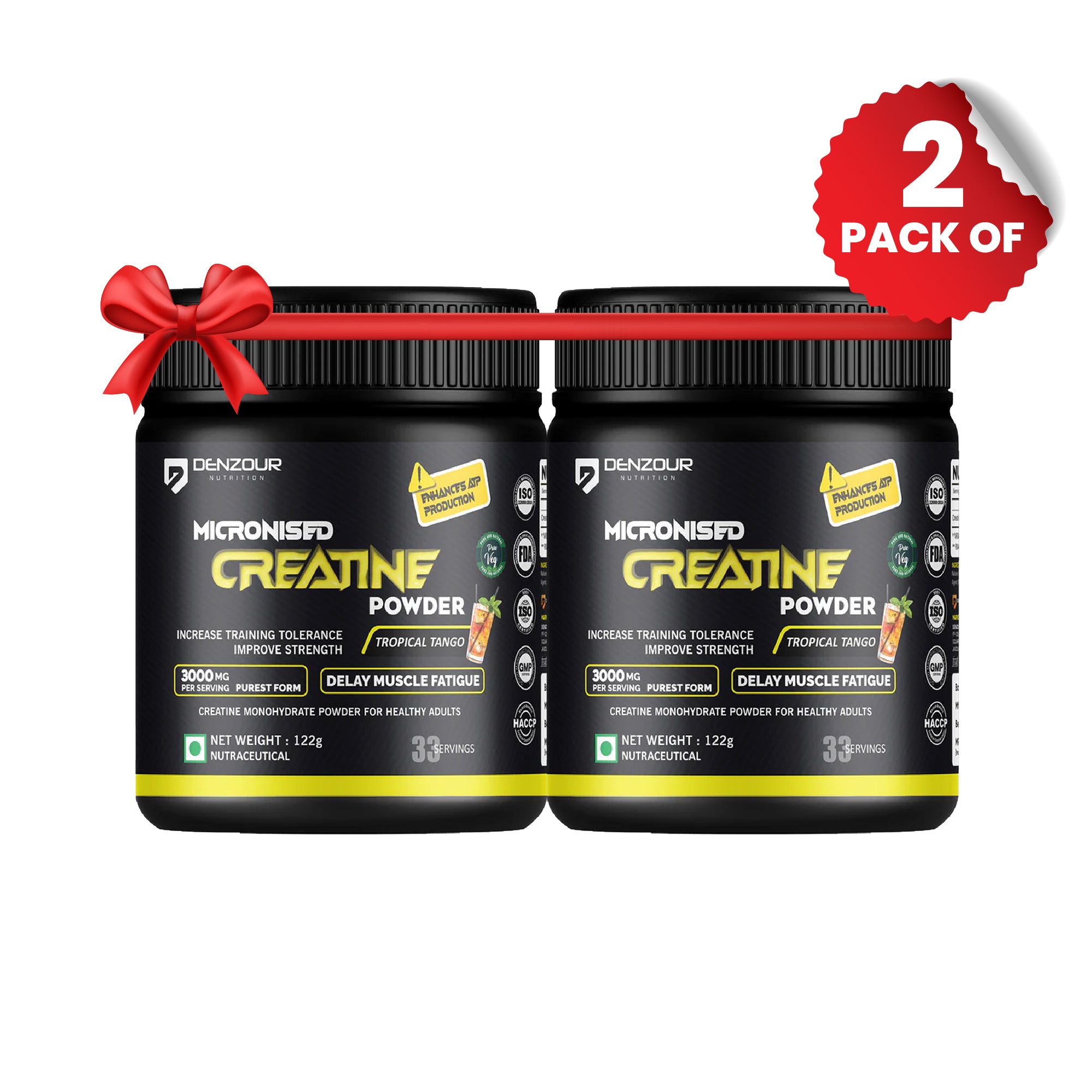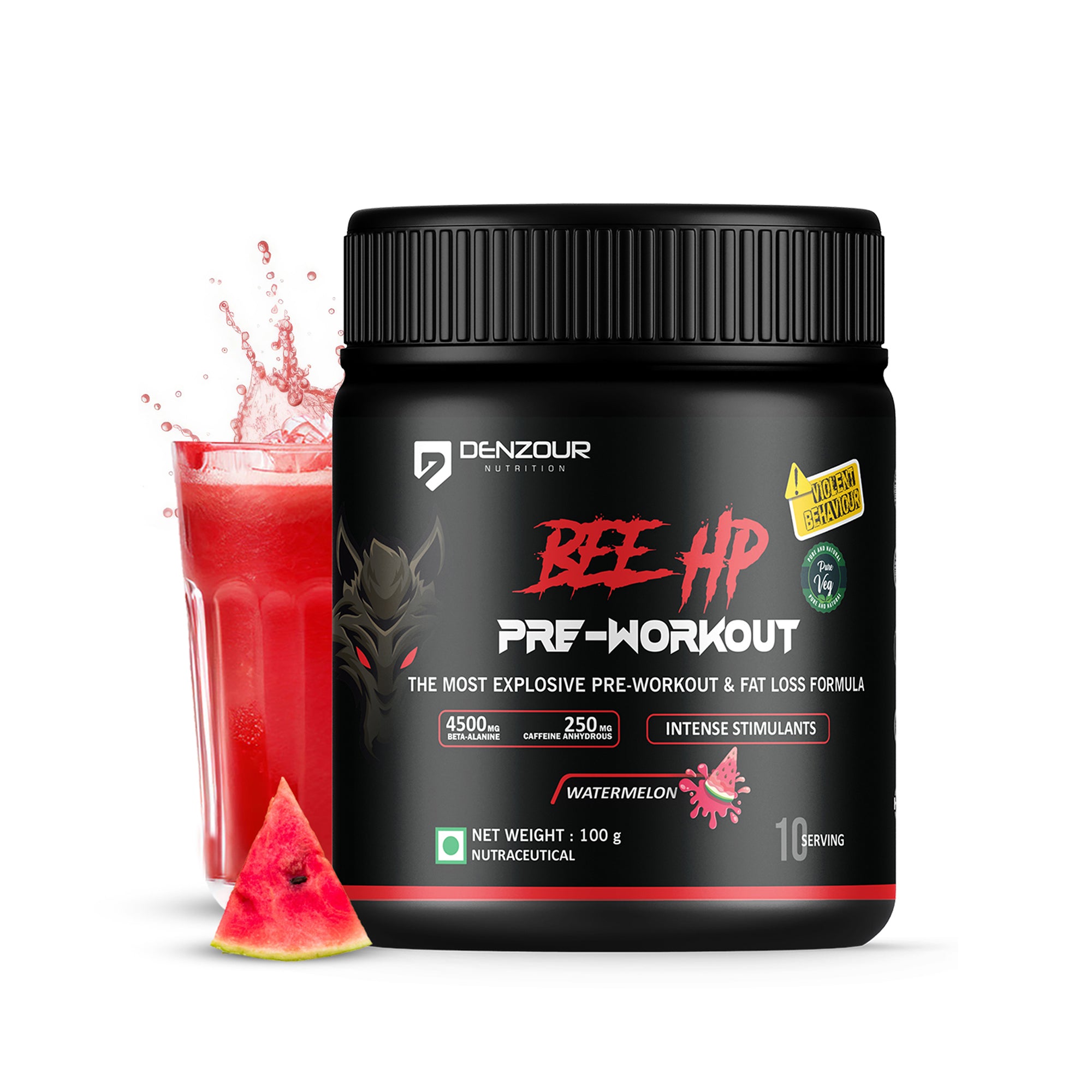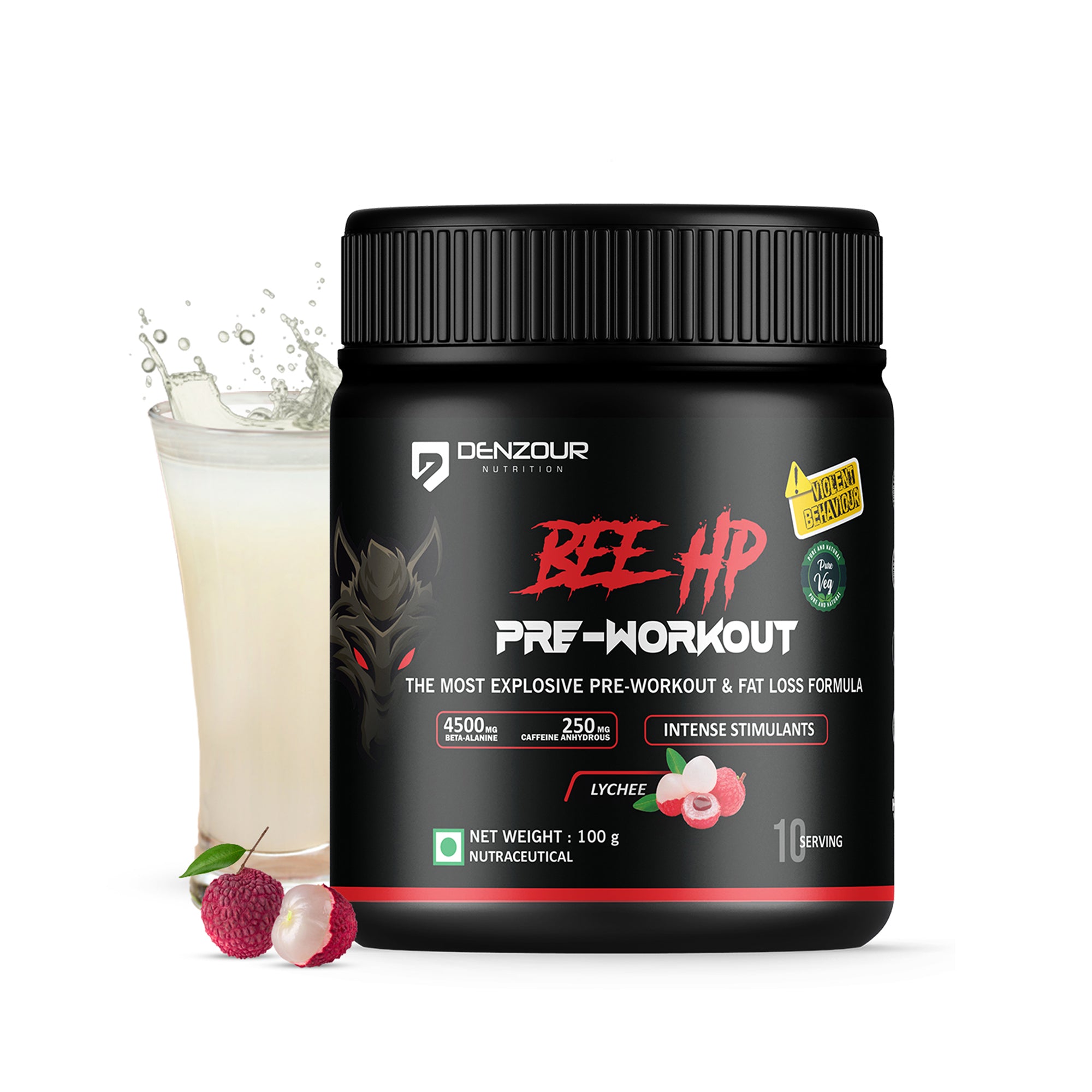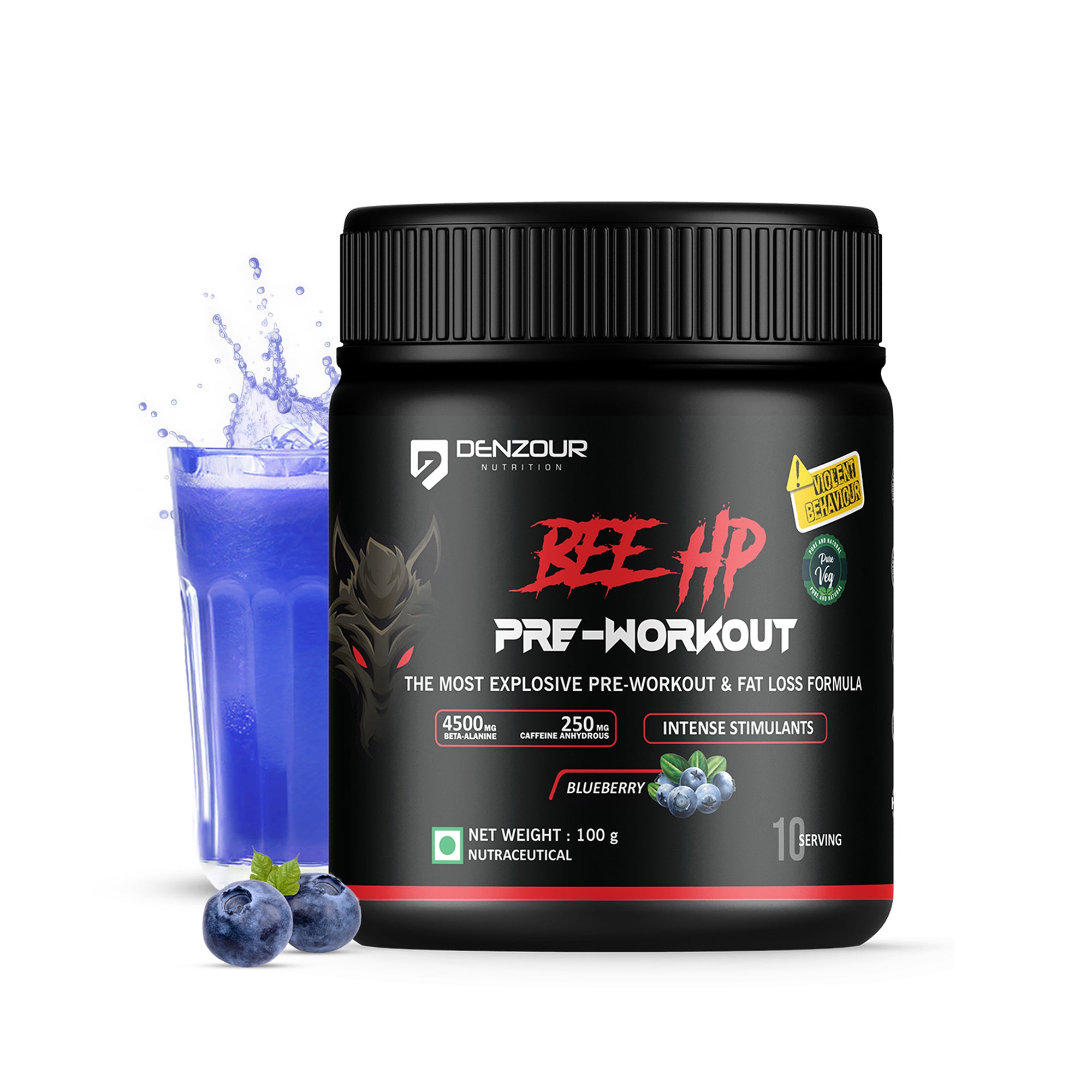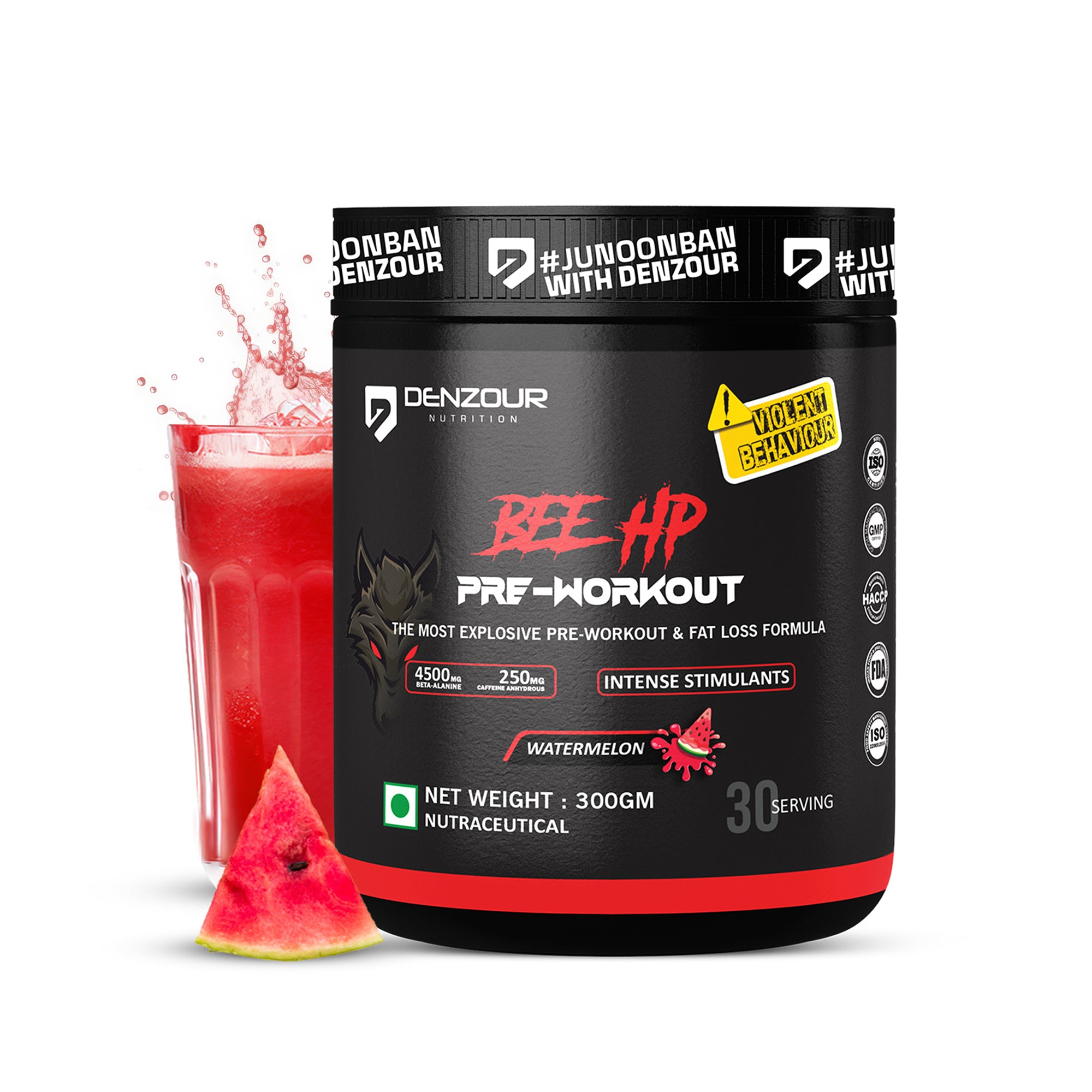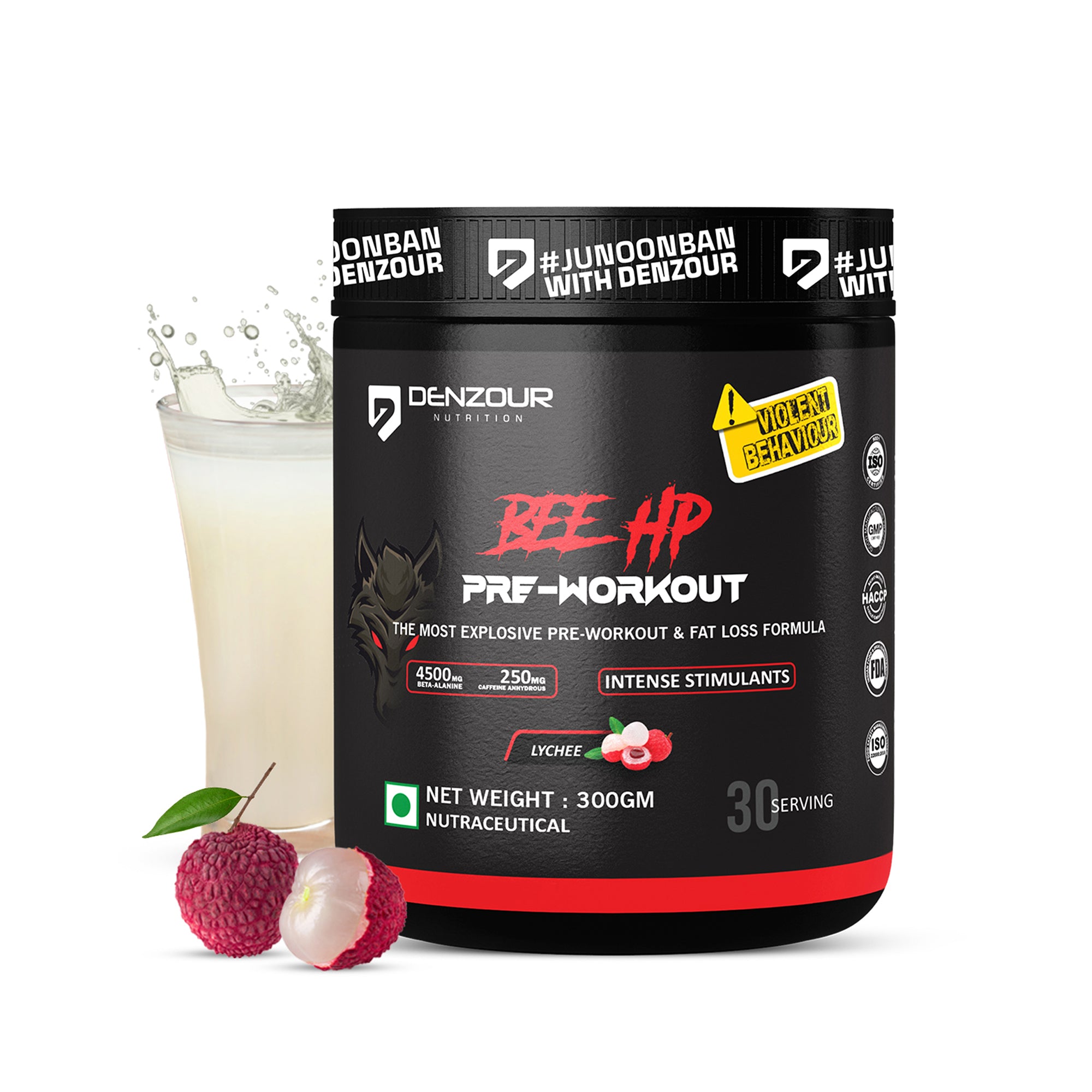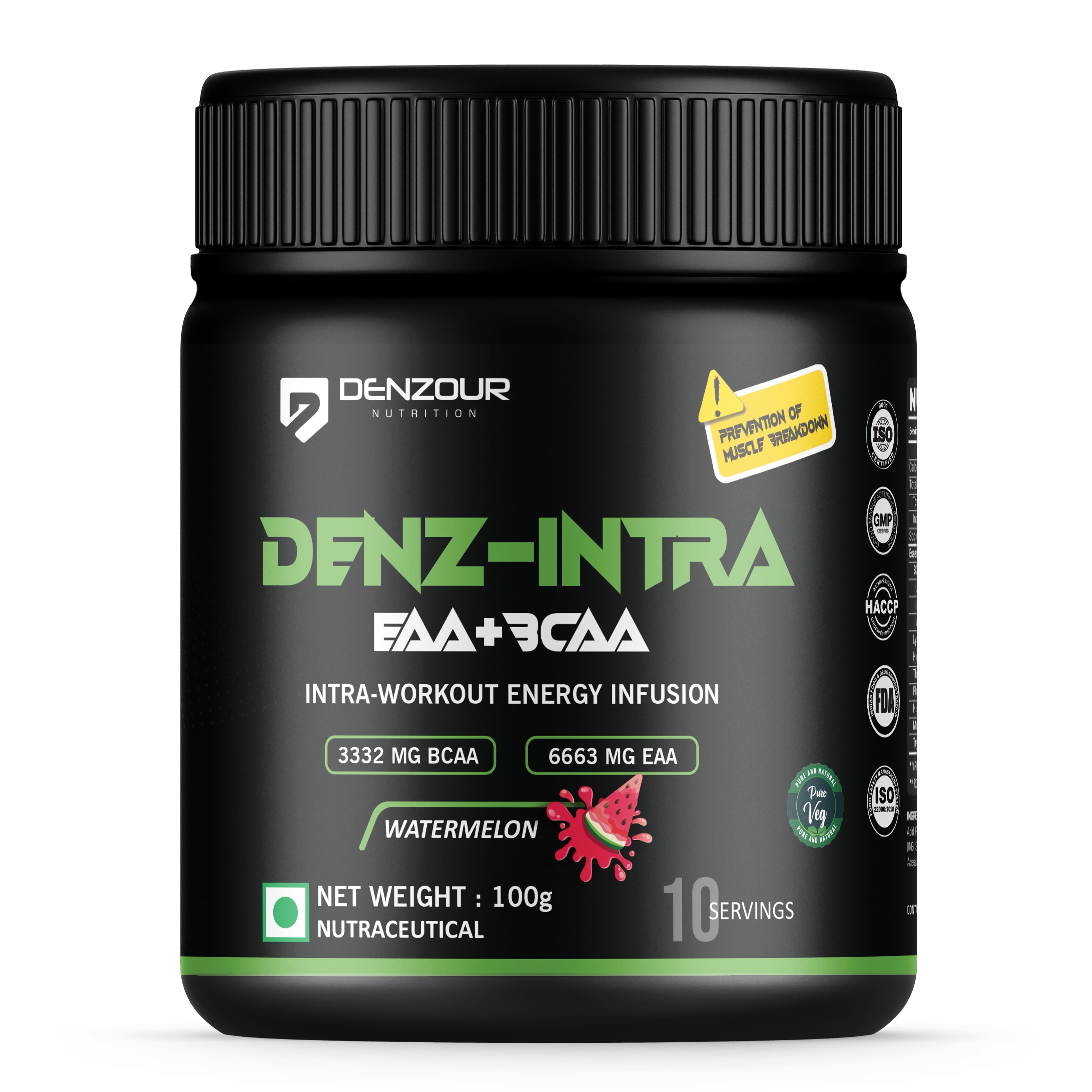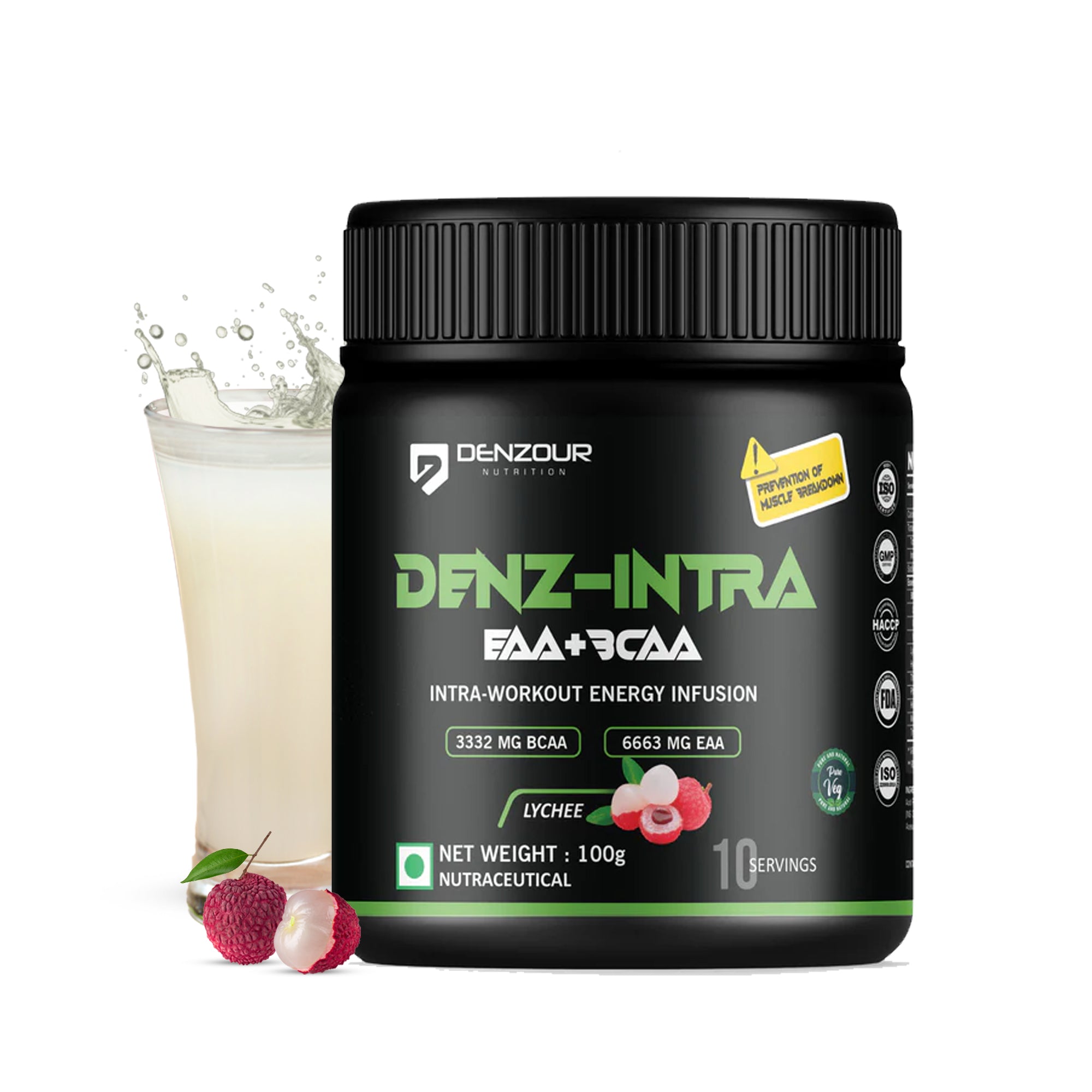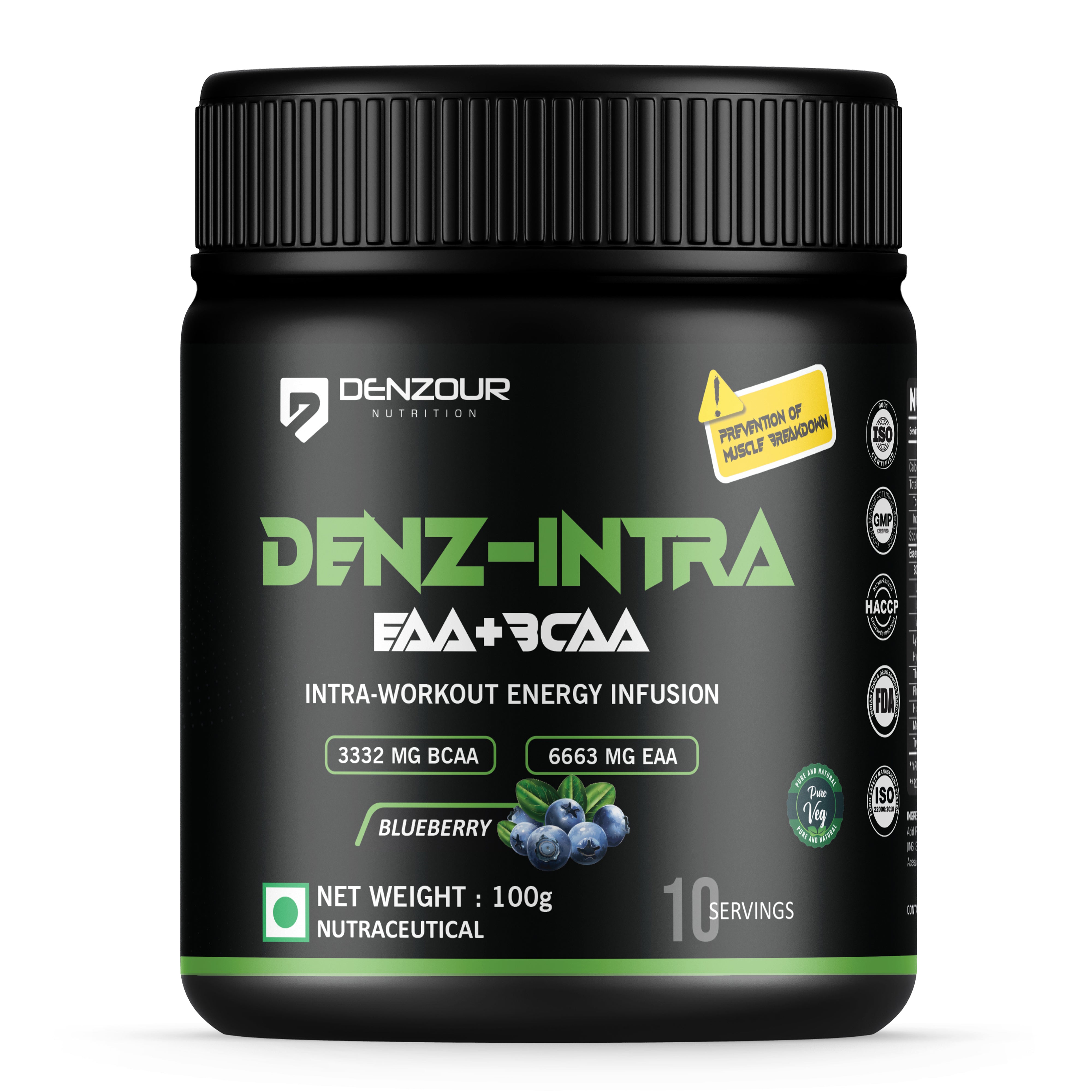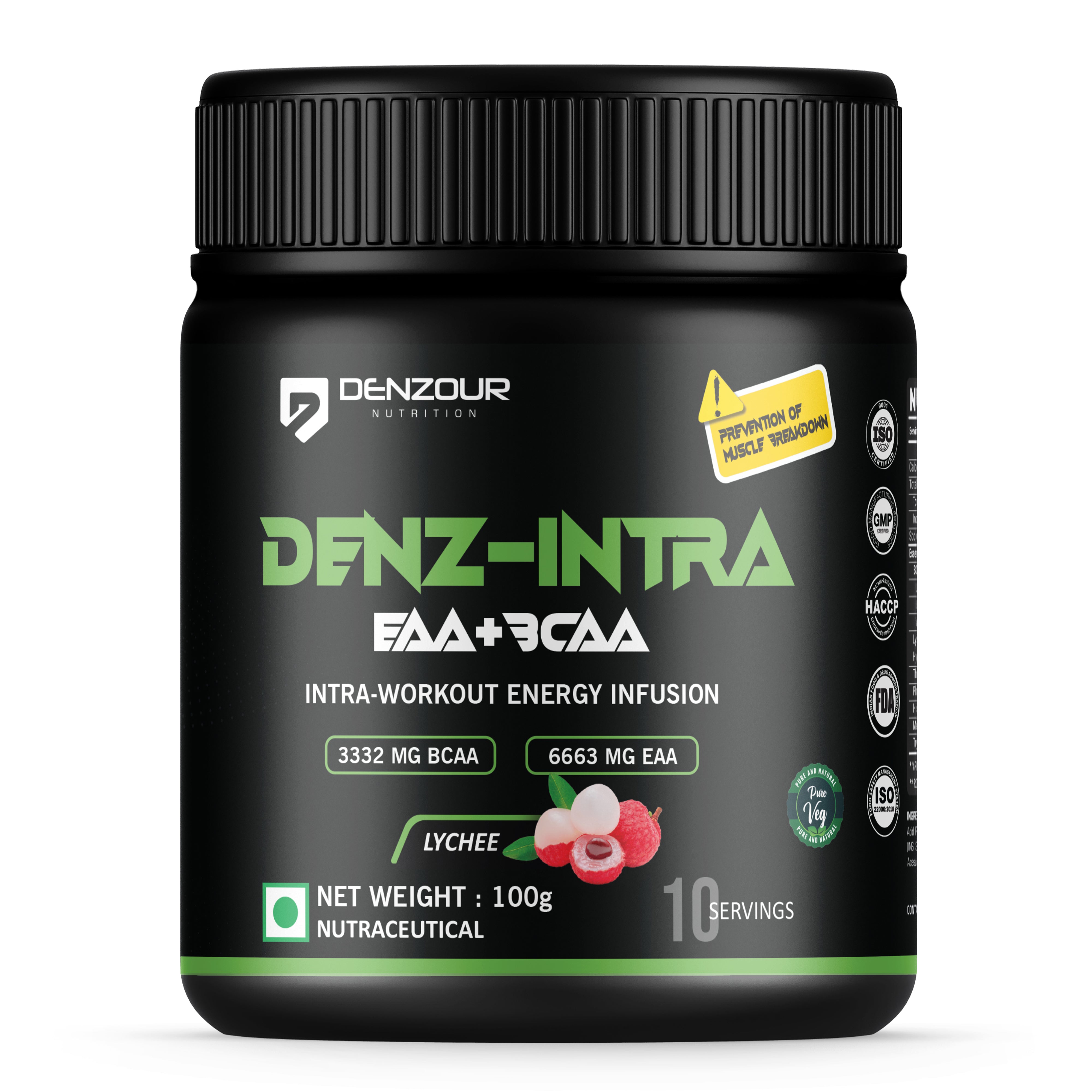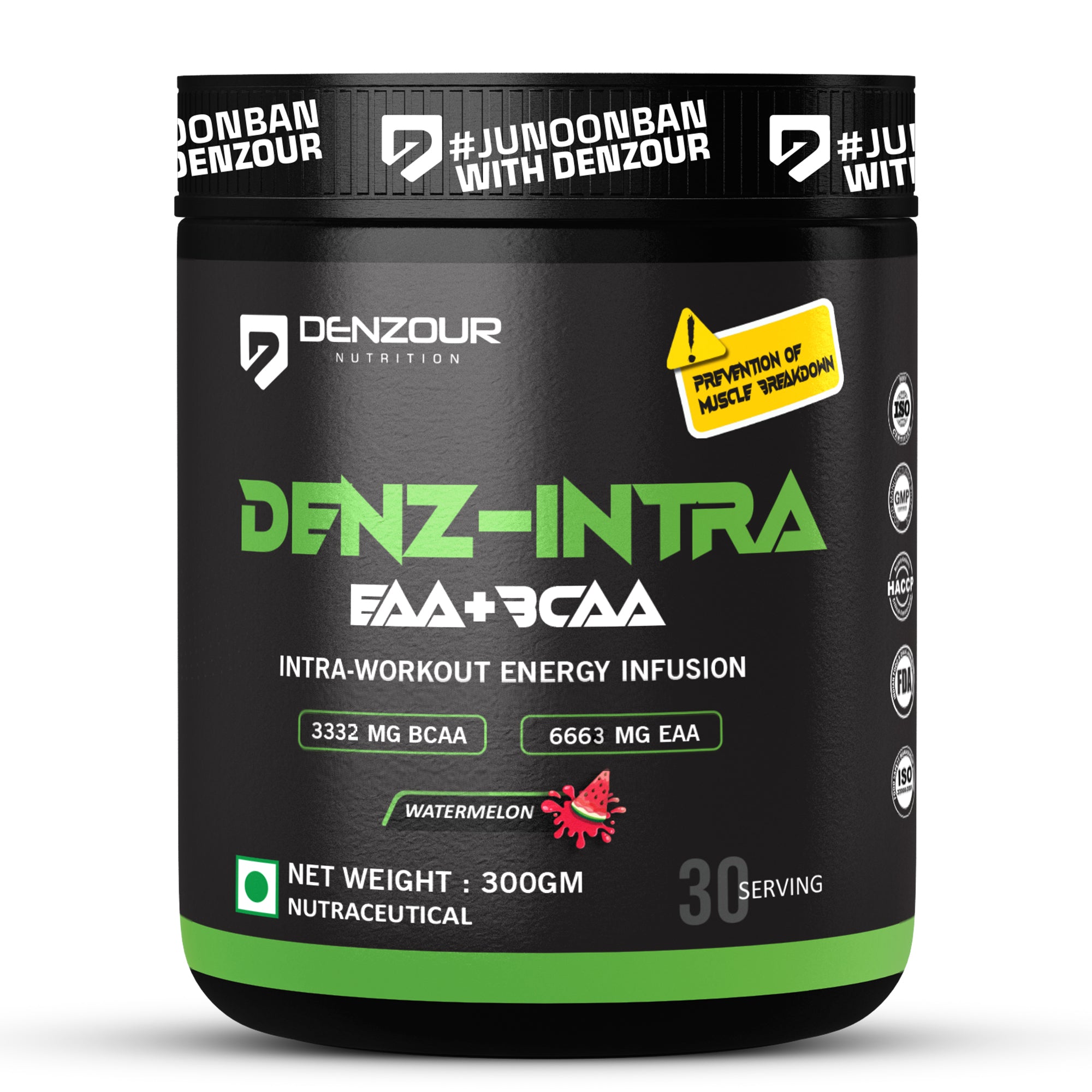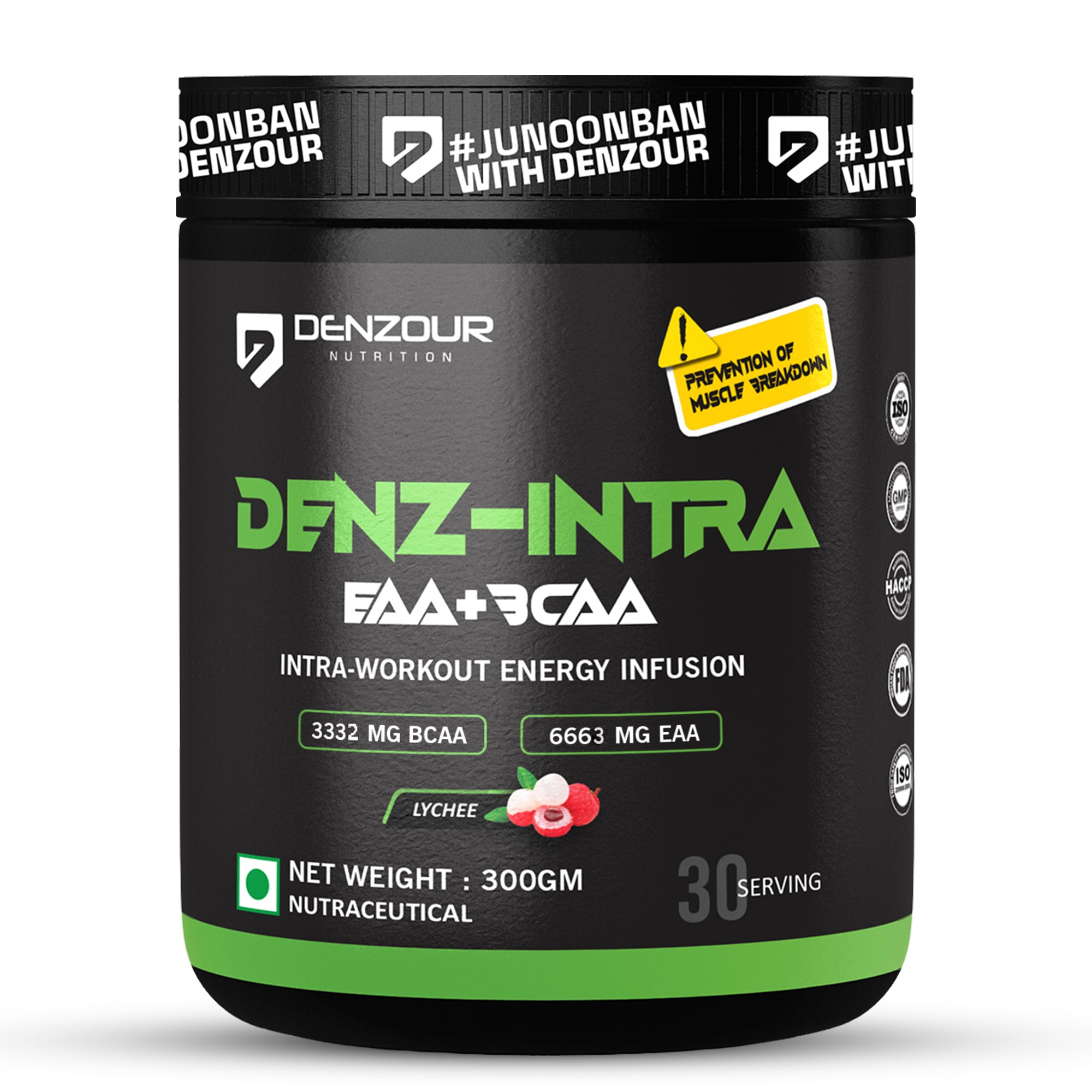Introduction:
In the realm of nutrition, protein holds a paramount position as a macronutrient essential for overall health and well-being. Whether you're a fitness enthusiast, an athlete, or simply someone looking to maintain a healthy lifestyle, incorporating high-protein foods into your diet is crucial. In this comprehensive blog, we will delve into the world of Indian cuisine, uncovering 15 high-protein foods, exploring their benefits, and crafting an ideal diet plan to help you meet your protein needs.
The Importance of Protein in a Healthy Diet:
- Highlighting the role of protein as a building block for muscles, tissues, enzymes, and hormones.
- Discussing the significance of protein in weight management, satiety, and metabolic functions.
- Addressing the importance of protein for athletes and individuals engaged in regular physical activity.
Understanding Protein Requirements:
- Presenting general protein requirements based on age, gender, and activity level.
- Discussing the concept of protein quality and complete vs. incomplete protein sources.
- Addressing the misconceptions surrounding protein intake and potential risks of deficiency.
High-Protein Indian Foods:
Lentis and Pulses-
- Exploring the protein content in various lentils such as masoor, moong, and chickpeas.
- Providing creative and tasty recipes incorporating lentils into daily meals.
Paneer (Indian Cottage Cheese):
- Highlighting the protein richness of paneer and its versatility in Indian cuisine.
- Sharing recipes featuring paneer as a star ingredient.
Chicken and Fish:
- Analyzing the protein content in popular Indian non-vegetarian dishes.
- Offering healthy cooking methods and recipes for chicken and fish.
Eggs:
- Emphasizing the protein-packed nature of eggs and their inclusion in the Indian diet.
- Presenting diverse egg-based recipes for different meals.
Greek Yogurt (Curd):
- Discussing the benefits of Greek yogurt as a high-protein dairy option.
- Recommending ways to incorporate yogurt into snacks and meals.
Tofu:
- Exploring the protein content in tofu and its role in vegetarian diets.
- Suggesting flavorful tofu recipes inspired by Indian cuisine.
Quinoa:
- Introducing quinoa as a complete protein source and its rising popularity in India.
- Sharing quinoa-based recipes with an Indian twist.
Nuts and Seeds:
- Unveiling the protein content in almonds, walnuts, chia seeds, and flaxseeds.
- Providing snack ideas and recipes featuring nuts and seeds.
The Benefits of a High-Protein Diet:
- Discussing the impact of a high-protein diet on muscle building and maintenance.
- Exploring the role of protein in weight loss and metabolic health.
- Highlighting the satiety factor and its influence on reducing overall calorie intake.
Crafting an Ideal High-Protein Indian Diet Plan:
- Designing a sample meal plan that incorporates the mentioned high-protein foods.
- Emphasizing the importance of a balanced diet and consulting with a nutritionist for personalized plans.
Conclusion:
